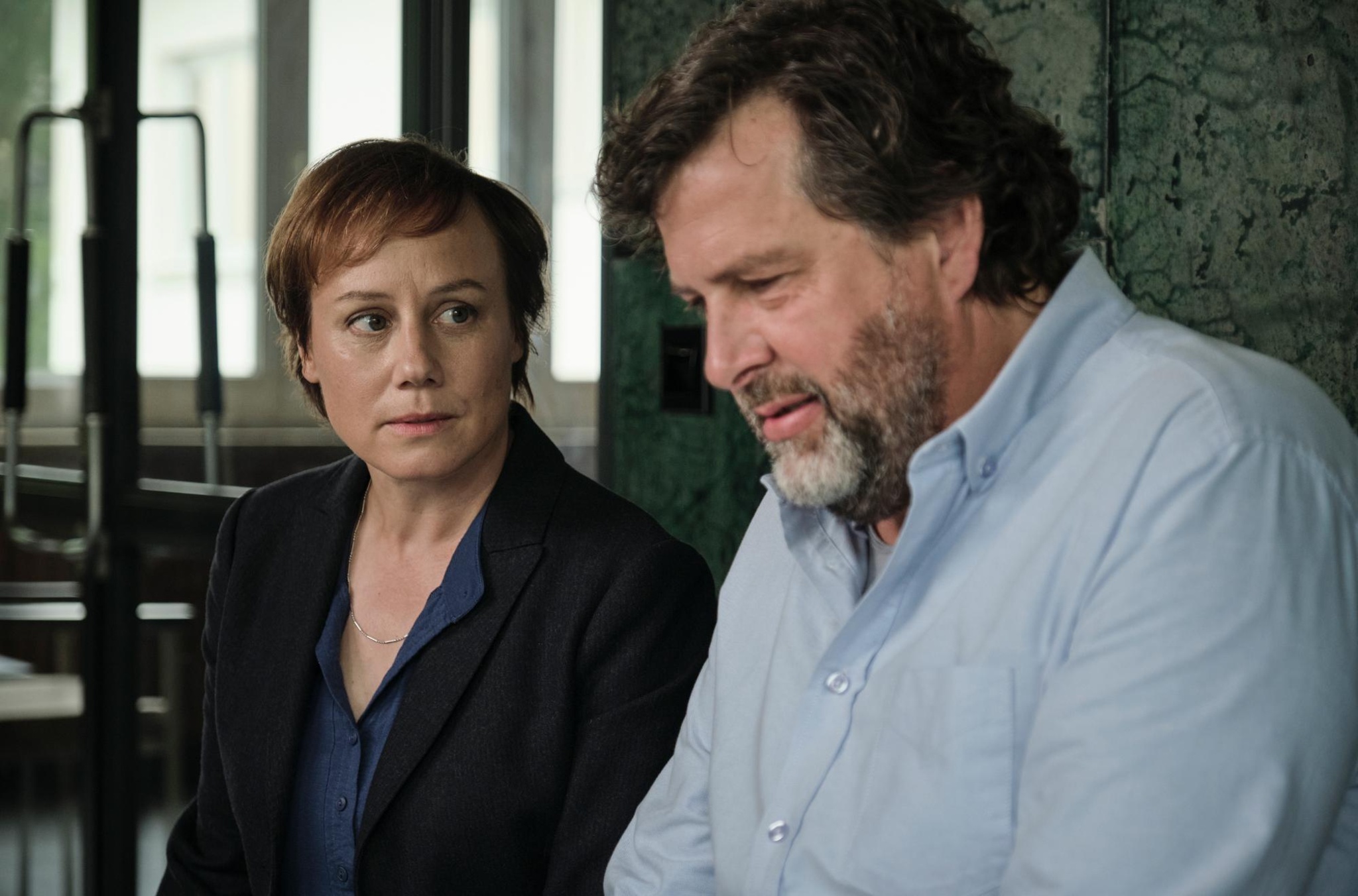
Tatort: Der Stelzenmann - Decoding a Complex Crime on Demand
Tatort: Der Stelzenmann, an enthralling crime thriller, has captivated audiences with its intricate plot and thought-provoking themes. This article will delve into the complexities of this acclaimed episode, shedding light on its various perspectives, offering evidence-based insights, and analyzing its broader implications.
The Intriguing Plot: A Web of Suspicion
The episode revolves around the discovery of a severely injured man, known as "Der Stelzenmann," whose prosthetic legs have been stolen. As detectives embark on an investigation, they encounter a cast of enigmatic characters, each with their own secrets and motives. Suspicions intertwine, with accusations flying and mysteries deepening.
Multiple Perspectives: Unraveling Hidden Truths
The episode presents a multifaceted narrative, exploring the perspectives of different individuals. Corinna, a nurse closely connected to Der Stelzenmann, provides an intimate glimpse into his life. Hans, an elderly resident of the victim's neighborhood, offers cryptic clues. Christiane, a neighbor with an enigmatic past, becomes a potential key figure.
Each character's account paints a fragmented picture of the crime, leaving viewers to piece together the puzzle. The investigation uncovers a tangled web of relationships, hidden agendas, and long-held grudges, all contributing to the complex tapestry of the case.
Evidence and Analysis: Unraveling the Clues
Forensic evidence plays a crucial role in unraveling the truth. The stolen prosthetic legs provide a vital clue, leading detectives to the perpetrator's motive. DNA analysis and meticulous examination of the crime scene yield further insights, connecting suspects and corroborating testimonies.
However, the evidence also presents challenges. False leads and conflicting accounts create obstacles for the investigators, testing their analytical skills and forcing them to consider alternative possibilities.
Psychological Insights: Unmasking the Suspects
Beyond the physical evidence, Tatort: Der Stelzenmann delves into the psychological profiles of the suspects. Detectives scrutinize their body language, facial expressions, and personal histories to uncover hidden motivations. Dr. Lessing, a forensic psychologist, provides expert analysis, shedding light on the suspects' mental states and possible disorders.
The episode explores the complex relationship between mental health and criminal behavior. It raises questions about the line between responsibility and accountability, challenging viewers to consider the complexities of human nature.
Societal Commentary: Exploring Social Issues
Tatort: Der Stelzenmann extends beyond a mere crime story. It delves into broader societal issues, including homelessness, social exclusion, and the exploitation of vulnerable individuals. The characters' struggles reflect real-world challenges, highlighting the interconnectedness of crime and the human condition.
The episode raises awareness about the marginalized members of society, questioning the systems that often fail to protect them. It challenges viewers to reflect on their own biases and responsibilities towards the well-being of others.
Conclusion: Reflecting on the Broader Implications
Tatort: Der Stelzenmann is a masterful crime thriller that captivates viewers with its intricate plot, nuanced characterizations, and thought-provoking themes. The episode's complex nature allows for multiple interpretations, inviting audiences to engage in critical analysis and personal reflection.
The investigation highlights the challenges of unraveling a crime, the importance of considering different perspectives, and the role of evidence in shaping our understanding. It also explores the complexities of human nature, the impact of mental health on behavior, and the societal issues that often lie beneath the surface of criminal cases.
Overall, Tatort: Der Stelzenmann is not merely a captivating entertainment but also a valuable exploration of crime, psychology, and the human condition. It encourages us to question our assumptions, challenge our biases, and reflect on the broader implications of the choices we make as individuals and as a society.